Nikon D3200 Review
Our Nikon D3200 review includes specs and sample photos, plus comparisons to other DSLR cameras so you can determine whether the Nikon D3200 crop sensor digital camera is right for you. For those unfamiliar with the Nikon D3200, it’s an entry level DSLR. Spec-wise, the D3200 is fairly impressive given its small size and price.
The Nikon D3200 has a 24.2 megapixel CMOS sensor, an EXPEED 3 image processor (same as the Nikon D4), full 1080p video, a native ISO range of 100 to 6400, live view, 11 point auto-focus, a high resolution LCD screen, and a myriad of other features that make this a surprisingly attractive entry level camera priced at only around $550.
Getting past the geekery of the technical specs, the Nikon D3200 is a great camera because it allows the photographer to take great photos. It’s not going to be a camera for everyone, but for those looking to get their feet wet in the DSLR world, or for those looking to go light, the D3200 is a great option.
To that end, let’s start with the D3200’s strengths. As with any camera, the biggest concern should be with image quality. As far as image quality goes, the Nikon D3200 delivers stunning results from such a small and inexpensive package. While I continue to tout the Sony RX-100 (read our review of that camera), which is far and away the best point and shoot on the market, its quality isn’t as good as the Nikon D3200, nor is it as inexpensive. Of course, it’s a lot smaller of a camera, so that’s why.
When taking photos in perfect lighting with a good lens, you won’t be able to tell the difference between photos taken with a D3200 and a Nikon D800. Even in conditions that aren’t quite perfect, it rivals my Nikon D600 (read our full review of this camera). Thanks to its huge 24.2 MP resolution, the D3200 can capture great detail, which will allow for huge prints (this will actually be overkill for most users). However, perfect conditions aren’t the true test of a DSLR. This is where the camera’s dynamic range and high ISO performance come into play, and the Nikon D3200 is no slouch in this regard. Nikon is finally doing a native ISO of 100 in its entry level cameras, which is a good thing as it allows you to take even cleaner photos during daylight hours and when using a tripod at night.
The Nikon D3200’s high ISO is also quite impressive. I was able to take usable photos all the way up to ISO 5000. I remember struggling with ISO 1600 a few years ago on my Nikon D40. Now, these higher ISOs are far from perfect, and don’t even come close to rivaling the high ISO shots I can capture with my Nikon D600, but for an entry level camera, I was impressed. The photos above and below were taken on Radiator Springs Racers while in motion. Those who are familiar with this ride know that it’s dark. The Mater & Lightning McQueen shot (above) was shot at ISO 3200, and the Fillmore and Sarge shot (below) was shot at ISO 5000, both at f/2.8. I took a couple of shots at ISO 6400, but I don’t think those are of acceptable quality. You might find test shots elsewhere purporting to show “good” quality from ISO 6400, but I’d be willing to bet those are “lab test shots” taken in good lighting; all ISOs, including high ISOs, appear better in good lighting. Few real world photographers are using ISO 6400 in bright sunlight, so I don’t think these tests have much value. In dark conditions, ISO 6400 doesn’t look good.
In terms of dynamic range, or how far you can recover the highlights and bring out the shadows in post processing, the Nikon D3200 is pretty strong. Even if you don’t understand what “ISO” or “dynamic range” mean, trust me–these things are important. Besides just general image sharpness, these are two of the big things that separate point and shoot cameras from DSLRs. Point and shoots simply haven’t caught up with DSLRs in this regard. When editing these photos, I was shocked at just how much highlight detail I was able to recover. Even entry level DSLRs have always been able to pull some detail out of shadows, but usually even the slightest highlight recovery on entry level models has resulted in overly grey areas that should be white. I found that this wasn’t the case with the Nikon D3200, which I consider to be a huge strength.
Take the photo below, for example. I accidentally over-exposed this shot of Cinderella Castle when I shot it. As soon as I saw the results on the LCD screen, I adjusted my settings and retook an even exposure, but for “test” purposes, I decided to edit the over-exposed shot. I was surprised to find that I was able to obtain an even exposure, with detailed clouds. Same goes for the Blizzard Beach shot further down–it takes a good amount of dynamic range to shoot into the sun and retain color in the surrounding sky.
Much of this review is qualified by saying that the Nikon D3200 is great “for an entry level camera.” That’s done so it doesn’t seem like I’m heaping praise on this camera and considering it the equal of a camera that costs a thousand dollars or so more, like the full frame Nikon D600. It’s good, but it’s not that good. That qualification is also done as a bit of a reminder that at the end of the day, this is still only an entry level DSLR. For many people, that will be more than enough. In fact, I’d hazard a guess that 95% of DSLR users will never need more than an entry level DSLR user provides. Most people just want better quality photos, but aren’t really willing to learn how to use the camera–for that you need to read and practice. they’ll just use it in auto mode. There’s nothing necessarily wrong with that, a lot of people want nice photos but aren’t passionate about photography. If that describes you, this DSLR is perfect, and anything more will be overkill. The advanced features of a higher end DSLR are largely only useful if you understand how to use them, anyway.
If you are one of the 5% who really wants to pursue photography as a hobby (or more than a hobby), I would think long and hard about the D3200. It’s likely a camera that you’ll outgrow within a year. There’s not anything necessarily wrong with this, either. Entry level DSLRs can be a good place for budding photographers to learn and then resell once they outgrow them. They’re also great if you have a limited budget, which is much better spent on lenses. Finally, entry level cameras are great for those people who don’t know whether they’re in the 95% or the 5%. If, however, you know you’re in the 5% and have a little more money to spend, get something like the Nikon D7100 or even the older Nikon D7000 (read our review of that camera) if you’re on a budget, but want some advanced features.
While I am impressed by the D3200, it’s honestly not a camera I could see myself carrying (my wife, Sarah, carries it most of the time and I use it at the water parks). I’ve become accustomed to the features and quality of higher end DSLRs, and if I’m going to carry a DSLR, I don’t notice much of a difference between the D600 and any smaller camera. My critical distinction is whether or not a camera can fit in my pocket (which is why I love the Sony RX-100). If it can’t fit in my pocket, it doesn’t matter if it’s the size of the D3200 or double its size. Either way, I have to carry a camera bag. This is just my personal opinion. Sarah certainly disagrees, as she can’t tolerate carrying the “heavy” D600 or D700, but has no problem carrying the Nikon D3200. So I guess your mileage may vary.
Overall, I think the Nikon D3200 is a fabulous option…for an entry level camera. These entry level models have come really far since the Nikon D40 that I used to learn photography, to the point where you aren’t really handcuffed when using one of the entry level Canon or Nikon DSLRs. Beyond the great dynamic range and high ISO quality, I’m impressed by the small size of the Nikon D3200, which is considerably smaller than the DSLRs I’m used to. This makes it great for taking to Walt Disney World or Disneyland, as it can easily be tossed in a backpack or carried all day without causing any real inconvenience. It’s the perfect DSLR for someone wanting to travel light. It’s also great for anyone who wants high quality images without spending a ton of money on a more advanced DSLR, someone looking to learn photography on a budget, or someone wanting a smaller camera–but not a point and shoot. The Nikon D3200 offers great bang for buck, and its performance definitely earns it a “highly recommended” status from us. Just make sure it suits your needs (and future growth) before buying it!
If you do want to purchase this lens—or any other photography equipment—please use the Amazon links here (like this one). Not only does Amazon offer great customer service and low prices, but using the links here help support DisneyTouristBlog.com (at no cost to you!) and help us continue to provide you with great content.
If you’re looking for other photography equipment recommendations or photography tips in general check out a few of my top photography blog posts:
Photography Buying Guide: Everything from Underwater Cameras to Software
Best Books for Improving Your Photography
5 Indispensable Tips for Better Vacation Photos
Choosing the Best Travel Tripod
Choosing the Best Camera Bag for Travel
Your Thoughts…
Do you own the Nikon D3200 DSLR camera? Interested in it? Share your thoughts about this camera in the comments!
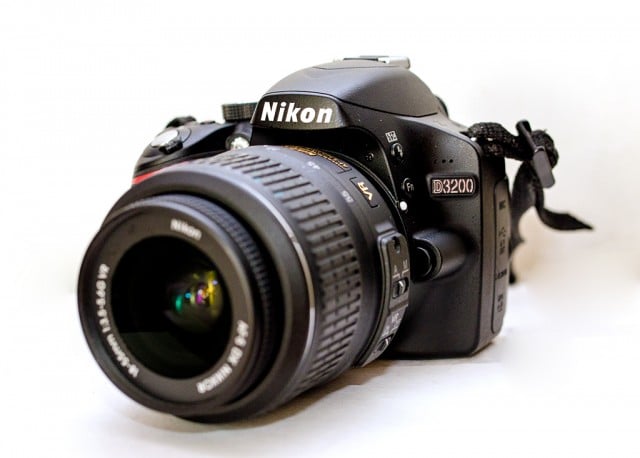
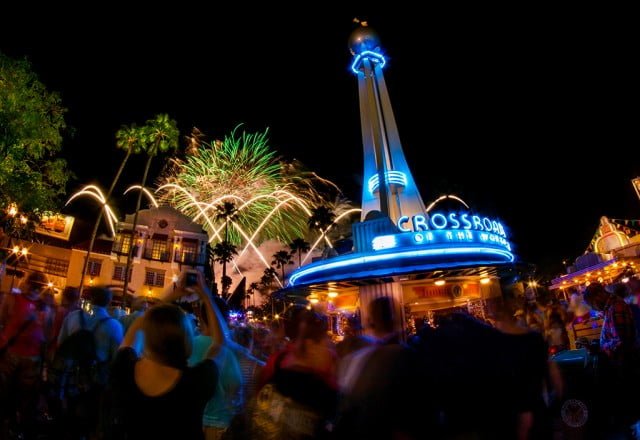
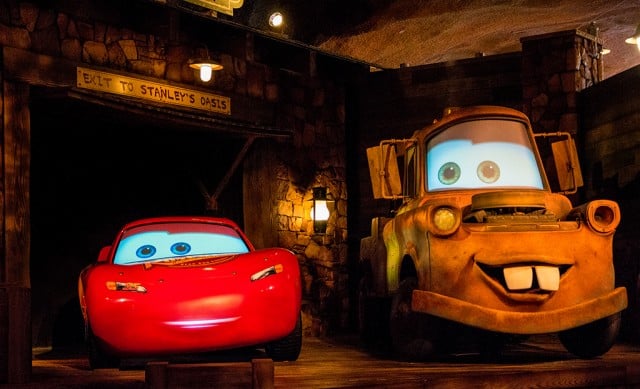
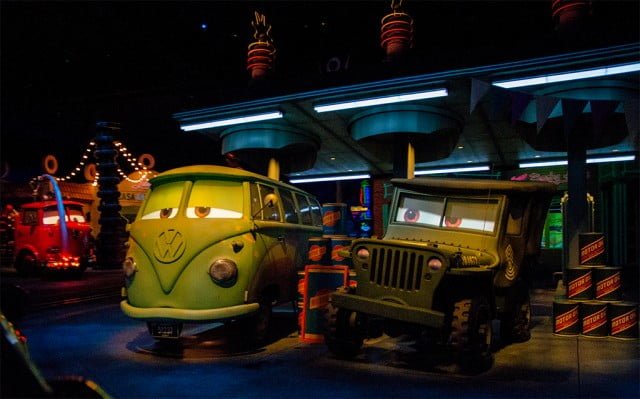
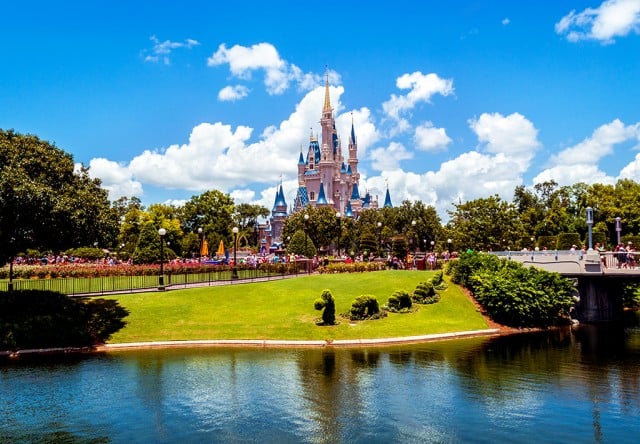



With the 3200 two lens combo what len and settings do you suggest for taking pictures of fireworks or the main street electrical parade?
Great site thanks for everything and all the tips!!!!!
Thank you!
Do you mind if I quote a couple of your posts as long as I provide credit and sources
back to your blog? My website is in the very same niche as yours and my users would really benefit from some
of the information you present here. Please let me know if this ok with you.
Many thanks!
It’s going to be end of mine day, except before finish I am
reading this great post to increase my experience.
Amazing! Its truly amazing article, I have got much
clear idea concerning from this post.
I should have read this review before I took the plunge into DSLR-land by purchasing the D3200, but I’m glad I accidentally got a good, solid entry level DSLR. I’m going to Disney for the first time since I was a kid this September, and I wanted a camera that wasn’t my phone and took better quality pictures than my phone or my elderly point and shoot (a coolpix L6). A base model DSLR fits the bill nicely.
On a completely different note, I want to say that I’ve been reading your blog since I started planning this trip last December, and it has been immensely helpful! It’s nice to see another couple without children enjoying Disney parks. It’s just my husband and I going, and the questions I’ve fielded about going to Disney when I don’t have kids are numerous. Thank you and Sarah for the planning tips and visit reports!
I was wondering if there was any truth to the rumors that the firmware update released in January had any effect on third party battery compatibility for the D3200? We are going to WDW in August and I have been kicking around the idea of buying a second battery as a back-up, but don’t like the idea of having to spend $40+ to buy a name brand battery if I can get an aftermarket one for $10-15.
I keep going back and forth between the d3200 and a canon s100. My husband has the s100 and it seems like it will be easier to transport within the disney parks but I have been intrigued by the higher quality of the nikon. Have you or Sarah had any experience with the canon s100? If so, how does it compare? I am hoping I can get away with the s100 as it seems more compact but I would also really like incredible photos.
I am a big fan of the Canon S series of point and shoots, but the image quality does not compare to a DSLR.
I’m so glad I found this article. I got the D3200 for Christmas and been so scared to use the camera because I have no idea what I am doing. I am going to Disney & Universal for my 30th birthday (My Nerdy 30 I’m calling it) and I am determined to figure out how to use it because I want to take some awesome pictures. A friend suggest that I get a prime lens either the Nikon-AF-S DX NIKKOR 35mm f/1.8G or the Sigma-30mm f/1.4. Just wanted to get your opinion on what you think about either of the lens for a beginner like me. Thanks!
Tom, thank you for this review (and indeed for ALL of your Disney photography tips here). My wife and I are seriously considering the D3200, but I’ve seen some early reviews of the D3300 which indicate it may be worth the extra $200 or so. Do you have any impressions of it?
Unfortunately, I haven’t had a chance to try out the D3300 yet. I’ve been impressed with the upgrades Nikon has made to each of its recent entry level cameras over its predecessor, so it wouldn’t surprise me if it’s worth the extra.
Thanks you for such a lightning fast response. Think we’ll dive in with the D3300!
1-The Nikon D3300 is smaller and lighter than its predecessors, D3200 and D3100 and D5200.
2-also, Nikon D3300 have the new “VRii” 18-55mm lens and it’s also smaller and lighter than its predecessor.
3-finaly for sure Nikons improved with each new generation, this mean D3300 better then D3200 and D3200 better then D3100.
but Jason if you still new at photography world, the Nikon D3200 is the best between all DSLR cameras (it’s simple – provide great image quality – have guide mode offers beginners help and instruction ).
“If it can’t fit in my pocket, it doesn’t matter if it’s the size of the D3200 or double its size.” I agree with that statement, which is why the micro-4/3 and the like aren’t appealing to me.
Do you find the viewfinder takes getting used to after using the D600? I wouldn’t have thought it made a big difference, but having recently gone from the T2i (pentamirror, 0.87x magnification) to the 60D (pentaprism, 0.95x) I was surprised at how much difference it made to me. I don’t think I could easily go back
Yeah, the viewfinder does make a big difference. From a user-experience perspective, going from a camera like the D600 back to something like this is not fun. Granted, there are a lot of situations when image quality is basically the same, but once you’ve spent some time behind the viewfinder of a nice camera, it’s tough to go back…
I just got the 3200 in May. I like it so far, but have not had a lot if time for practicing with it yet. Going to
Photo Magic in October & hope to put in through it’s paces!
Practice first–it’ll be much more fun to use in the parks if you do! 🙂